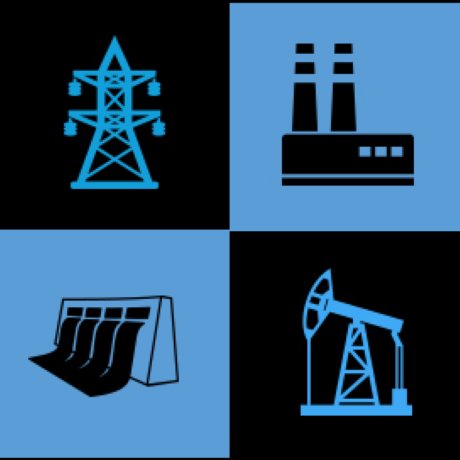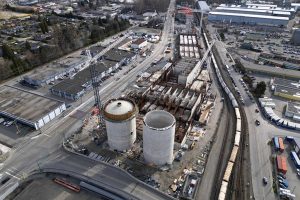With infrastructure dating back to as early as 1910 and the last major upgrade occurring in 1958, the original water treatment plant on Merritt Island in Welland Ont. certainly has had a long service track record.
Welland Ont. certainly has had a long service track record.
But aging pumps combined with issues such as unstable landscaping along the adjacent Welland River meant its days were numbered.
After two years of construction by contractor Romag Contracting Ltd., the first of two major phases in the building of a new treatment facility intended to accommodate current and projected water demands was completed in the fall of 2016. Design by Associated Engineering Ltd. started in 2012.
The work undertaken was the construction of what is known as the "back end" of the treatment process which generally refers to disinfection — UV and chlorination systems — plus reservoirs, high lift pumps (pumping to distribution system) and injecting and monitoring.
Four new high lift pumps, a new 5 ml reservoir, a 2,500 KVA generator, and a UV disinfection system, which the old plant didn’t have, were installed, says Niagara Region project manager Tony Cimino.
"This newly constructed part of the treatment plant has undergone a successful run test and has been commissioned for service and the corresponding section of the old plant is no longer needed. That’s the beauty of building off line."
There were a number of logistical and structural challenges in the project’s early stages, he says.
Located in the downtown core of the city, Merritt Island is between the Welland Recreational Waterway, which is the Old Welland Canal, and the Welland River. Heavy equipment had to be transported over a narrow bridge and the designers and contractors also had to deal with island’s poor soils.
"Numerous steel piles had to be driven into bedrock. After that the project was fairly straightforward."
An environmental assessment had recommended the new plant be on the island. Purchasing land and building somewhere would have been too costly, while upgrading the existing plant wasn’t technically feasible, he explains.
At the same time, building the new plant only about 50 metres away from the original one has benefits because its filtration system in being used to filter raw water before being piped to the new section for disinfection, he says.
"Eventually a new filtration system will be constructed in the next phase of the project," says Cimino.
Design for this "front end" pre-treatment stage comprised of new raw water intake pipes, low lift pumps (pumping to filters) and filters with commence in 2018, with construction starting in 2019 and finishing in 2022.
The estimated $30-million project will also include a new chemical building and a new administration building, he says.
In preparation of that phase, however, there will be an interim phase which will commence later this year. It will consist of decommissioning the old reservoir and the construction of two 750 mm-diameter transmission mains to connect with existing water mains on the mainland.
An eastbound main traversing the Welland River will be facilitated by building a pipe bridge over an existing tail race. Associated Engineering Ltd. is the consultant.
Installing the one to west will be more complicated because it will require dredging the old canal and partially burying the line. Details of how that will be accomplished won’t be known until design by consulting engineer Hatch progresses into the detailed stage, says Cimino.
"The construction will occur sometime in the late fall as the city has asked us to wait until the rowing season is over. It will be a tight schedule to get the crossing completed before the recreational canal potentially freezes."




Recent Comments
comments for this post are closed